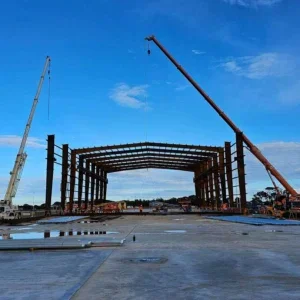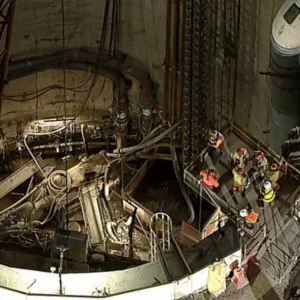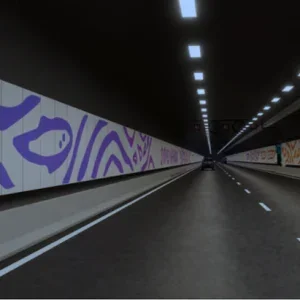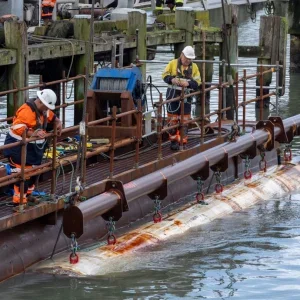How to construct the 14km long Second Avenue Subway tunnel in New York, US, is still under discussion, according to the project’s leaders, who recently visited tunnelling sites in Europe on a procurement exercise, and for demonstrations on tunnelling lining and TBM technology.
The fact finding mission follows the completion of the conceptual design of a project that looks set to use almost every tunnelling technique in its realisation.
Joseph Siano, vice president and program executive for client, New York City Transit (NYCT), Anil Parikh, program manager, NYCT, Don Phillips, deputy project manager for the client’s consultant, DMJM+Harris/Arup JV (DHA) and Drupad Desai, chief tunnel/station engineer, also with DHA, made up the delegation. They visited the Groene Hart rail tunnel in the Netherlands, where water pressure was an important factor for the designers, and the upward thrust of the water table. Of key interest was the single pass waterproof lining.
Other sites included the Thames Tunnels (C320) on the UK’s CTRL project, and its associated segment plant, Kings Cross and St Pancras stations in London, UK, and the Herrenknecht TBM manufacturing plant in Schwanau, Germany. The delegation also gave a talk to the British Tunnelling Society on 22 May.
“Second Avenue Subway would be a major subway project in any location, but being in New York brings its own special challenges,” Bill Grose, Arup director, said. “City tunnelling in both rock and soil, major excavations, shallow and deep tunnels and stations, and a multitude of existing underground constraints – this project has the lot!”
DHA’s design contract covers the full 14km line from 125th Street in the north to Manhattan in the south. The JV has been encouraged to incorporate about 1.6km of cut and cover in three separate sections in the north, a relic of one of the projects previous construction phases, otherwise NYCT will have to pay back the federal money used to fund their construction.
Siano said this was one reason for having to design the tunnels so shallow, rather than running the tunnels deeper under Second Avenue and avoiding many of the obstacles, involving existing utilities and other subway lines. Another reason is New Yorkers’ reluctance to travel deep underground. Research has shown that operators would struggle to encourage passengers to move over from the overcrowded parallel Lexington Avenue subway line if they had too far to walk!
Cost estimations have put the figure at between US$8bn and US$12bn, with some as high as US$20bn. The start of construction is scheduled for Q3-Q4 2004 – the first contract to be awarded will be the rock TBM drive between 96th and 34th Streets.
Related Files
2nd Avenue Subway







